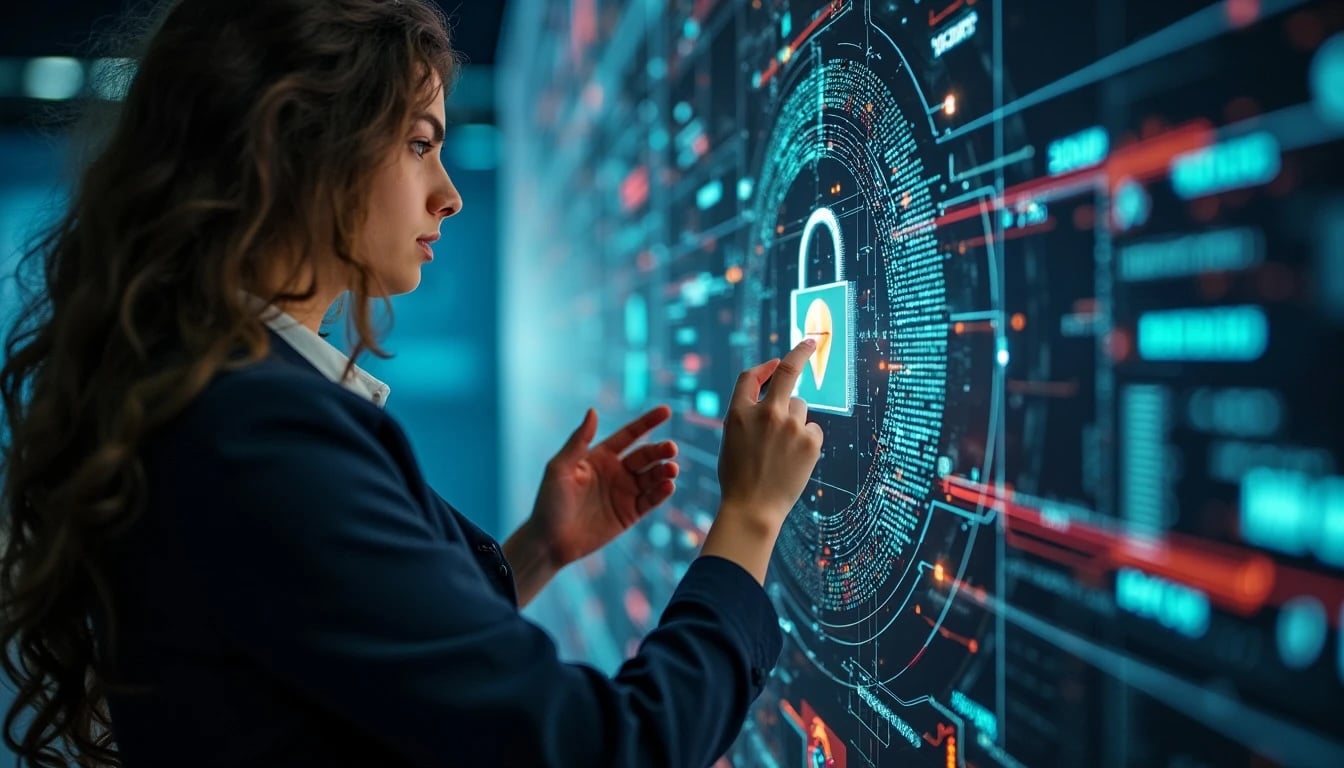Artificial intelligence is revolutionizing the digital world, and the so-called “AI agents” are starting to take center stage. These programs, much more advanced than traditional bots, can perform complex tasks autonomously, such as organizing meetings, browsing websites, automating actions, or even remotely controlling computers. But what happens when this technology falls into the wrong hands?
From Digital Assistants to Automated Cyberattacks
Until recently, automated cyberattacks were the realm of simple bots: programs that always repeated the same actions, easy to detect and block. However, AI agents are changing the game. Thanks to their ability to reason and learn, they can identify targets, adapt their behavior to evade defenses, and execute much more sophisticated cyberattacks.
Currently, cybercriminals have not yet deployed AI agents on a massive scale, but experts say it’s only a matter of time. Recent experiments have shown that these systems can effectively replicate real information theft and system manipulation attacks.
A Real-Time Testing Ground
Organizations like Palisade Research are developing projects such as “LLM Agent Honeypot,” a type of digital trap designed to attract these agents and study their behaviors. Since its launch, it has recorded millions of access attempts, and while most come from bots or curious users, several real AI agents have already been detected exploring vulnerabilities.
These experiments help anticipate how cyberattacks will evolve and enable experts to develop more effective defenses before the threat becomes widespread.
Why Are AI Agents So Concerning?
The key lies in their adaptability. Unlike classic bots, AI agents can modify their strategies based on the response of the system they’re trying to attack, learn from their mistakes, and seek new points of access. This makes them much harder to detect and neutralize.
Moreover, cybercriminals could exploit their low cost and high scalability to launch massive attacks, selecting and targeting multiple victims simultaneously—something unthinkable with manual techniques.
Is Defense Possible?
Fortunately, the same technology can be used to protect systems. So-called “defensive agents” are already being employed to detect vulnerabilities before attackers do, and some experts point out that if a “good” agent doesn’t find an exploit, it’s unlikely that a malicious one will.
On the other hand, oversight and international collaboration will be essential for detecting trends and anticipating new risks.
The Future of Cybersecurity: Humans and Machines Together
Although AI agents are not yet at the forefront of major attacks, all signs indicate that they soon will be. Artificial intelligence will accelerate the speed and scale of cyberattacks, but it will also enable quicker and more efficient responses.
As Chris Betz, head of security at Amazon Web Services, points out, AI will serve as an “accelerator” of existing techniques, but the foundation of defense will remain: monitoring, prevention, and agile response.
In short, AI agents represent both a threat and an opportunity. Their advancement is unstoppable, and preparing to coexist—and compete—with them will be the significant challenge for cybersecurity in the coming years.
via: Cybersecurity News

